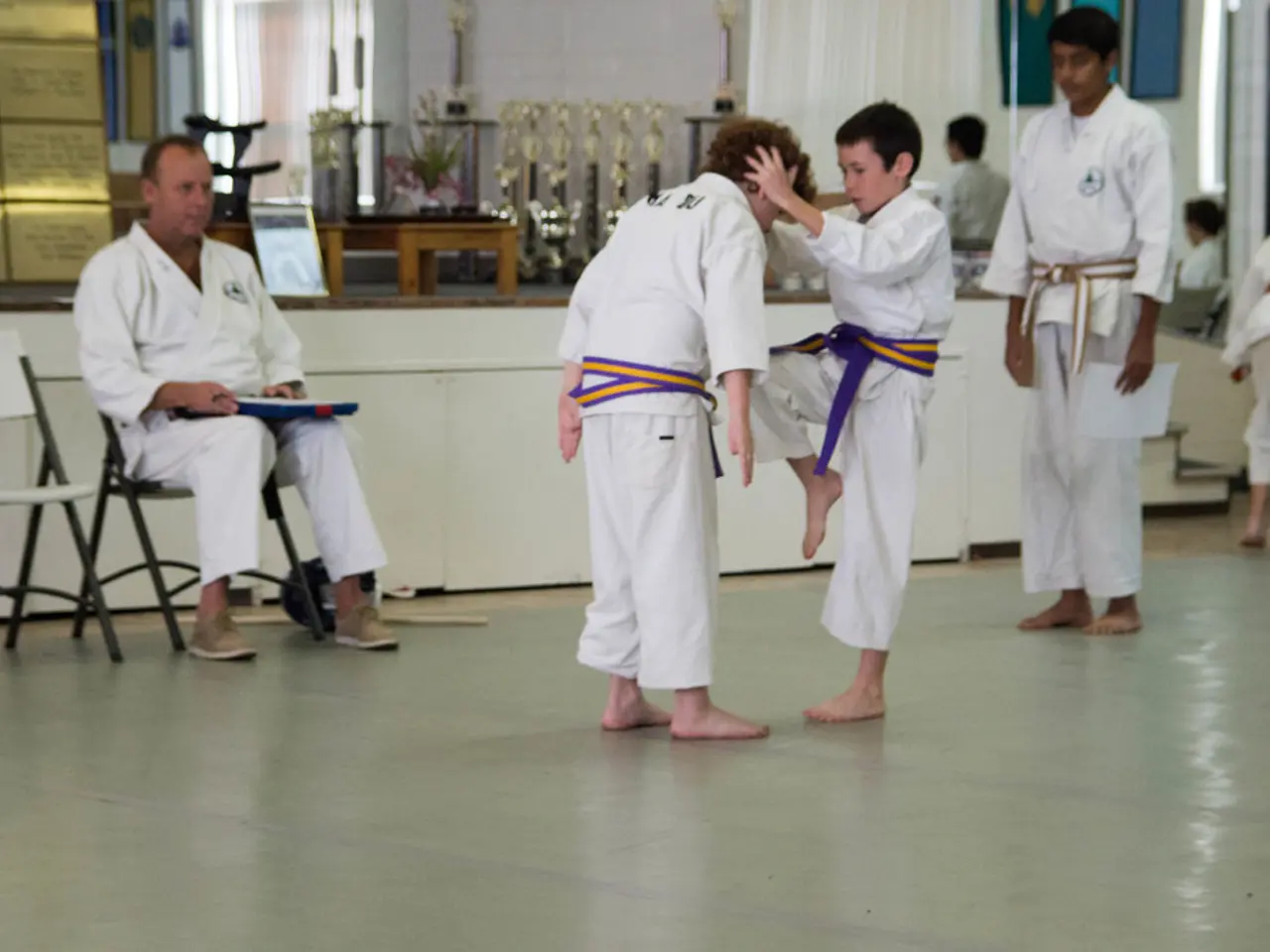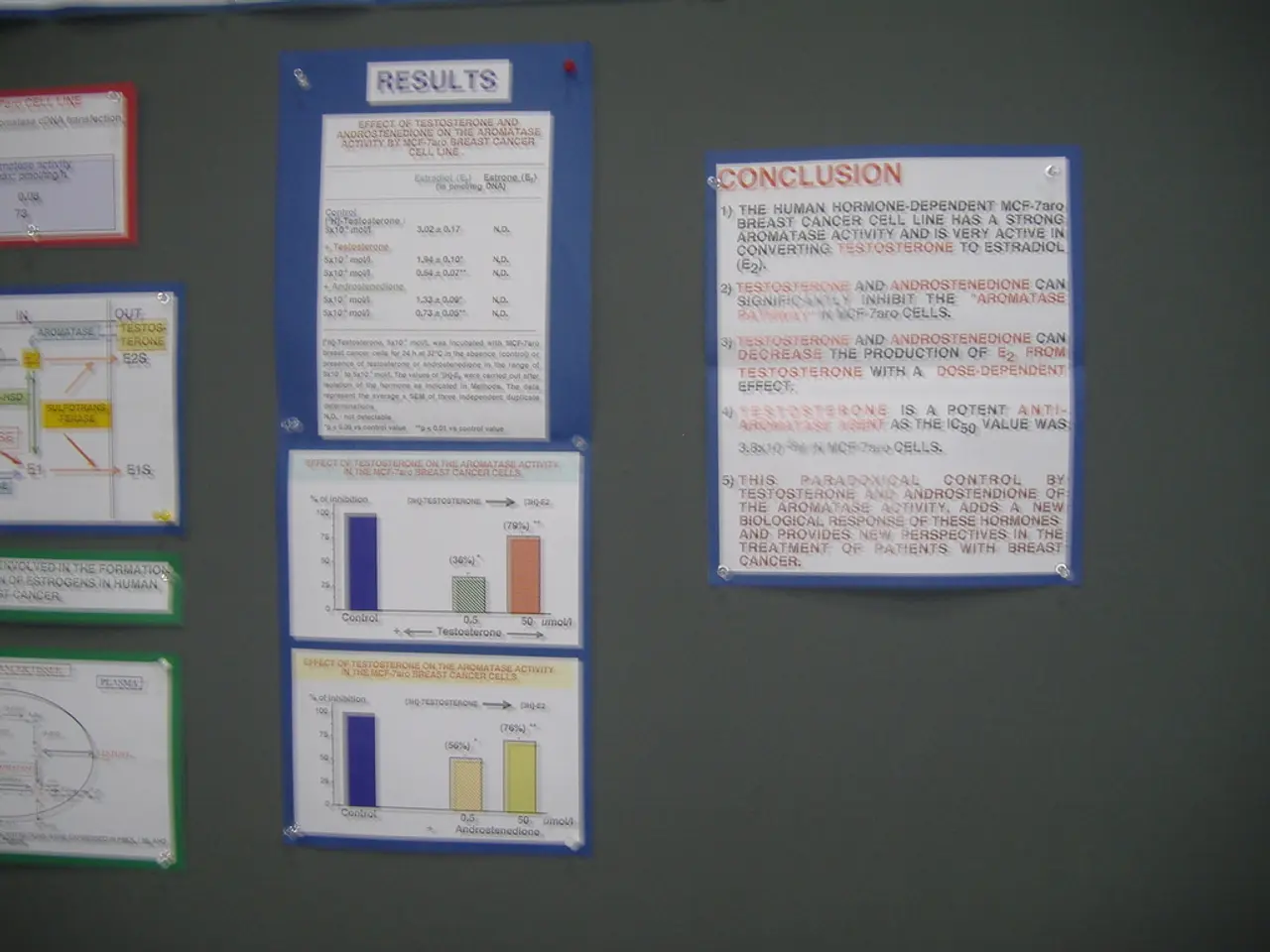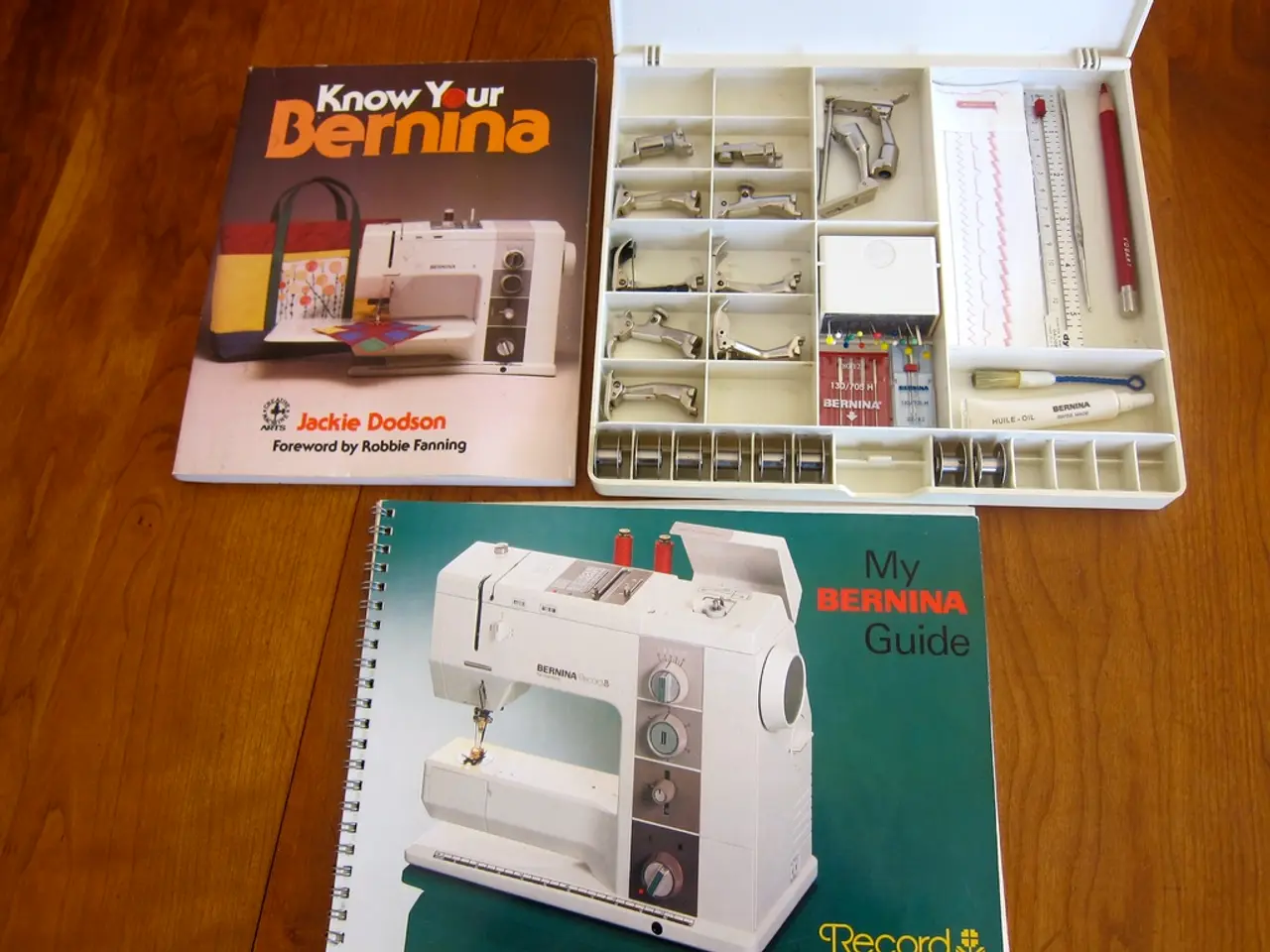Learning Trends: An Examination of Effective Educational Approaches
In the ever-evolving landscape of education, a new wave of innovation is emerging, transforming the way we learn. Immersive learning, a blend of Virtual Reality (VR), Augmented Reality (AR), and Mixed Reality (MR), is set to revolutionize the educational sphere. Here are the top trends that are set to redefine learning experiences.
- Integrating AI in VR Training Tools – AI is no longer a distant concept in VR environments. It personalizes learning, improving efficiency by adapting content to students' individual learning speeds and styles.
- AI-Powered Creativity in the Metaverse – The Metaverse is not just a virtual world anymore. Leveraging AI, it is becoming an immersive, interactive, and creative learning space where students can create 3D models and virtual environments.
- Digital Twins for Risk-Free Training – Preparing for the real world just got safer. Digital twins, precise replicas of real-world systems or environments, provide a safe and realistic practice ground for learners.
- Holographic Presence and Lifelike Simulations – Holographic technology is bringing learning to life. It creates realistic simulations with engaging and immersive interactions, fostering deeper understanding and participation.
- XR (Extended Reality) and Neurotechnology for Adaptive Training – The future of education is about adapting to each learner's cognitive responses. Combining XR with neurotechnology allows learning to be tailored to individual needs in real-time.
- Adaptive Systems and Serious Games – Learning doesn't have to be boring. Adaptive algorithms and game-based learning are making education engaging, while still ensuring that students are gaining the necessary skills and knowledge.
- Haptic Feedback for Realism – Feeling is believing. Haptic feedback devices simulate touch sensations in VR, improving skill development and engagement.
- AI-Based Dynamic Assessments – continuous evaluation is key to understanding a student's progress. AI-driven assessments provide personalized feedback, helping teachers to track each student's development.
- Social Interaction through Avatars – Collaboration is at the heart of learning. Avatars facilitate collaborative learning and social presence, even in remote settings.
- XR-Based Vocational Training – Practical skills are essential for the workforce. Immersive XR tools are being used to teach job-related skills effectively, preparing learners for real-world challenges.
These trends collectively impact education by making learning more personalized, engaging, accessible, and realistic. They enable safe hands-on training through simulations, improve knowledge retention via multi-sensory experiences, and foster social learning even remotely. AI integration supports customization and continuous assessment, while technologies like digital twins and haptics prepare learners for real-world challenges without risk. XR expands vocational and remote learning opportunities, making education adaptable to diverse learners and evolving workforce needs.
The future of education is engaging, innovative, meaningful, and inclusive, nurturing curious, skilled, and future-ready generations. Platforms like VULCAN Analytics offer teachers targeted feedback for personalized improvements, while reports like the 2024 report titled "Immersive Learning: Innovative Pedagogies, Techniques, Best Practices, and Future Trends" produced by the European Digital Education Center (EDEC) identify these trends and more. The goal is a brighter, more inclusive educational landscape that aligns with 21st-century skills such as collaboration, compatibility, and digital fluency.
- AI integration in VR training tools is revolutionizing education by providing personalized learning experiences tailored to students' individual learning speeds and styles, thus improving overall learning efficiency.
- The Metaverse, powered by AI, is evolving into an immersive and creative learning space where students can design and build 3D models, fostering innovative thinking and creativity in the educational sphere.
- Digital twins, replicas of real-world systems or environments, allow learners to practice skills in safe and controlled settings, preparing them effectively for real-world challenges without risk.




